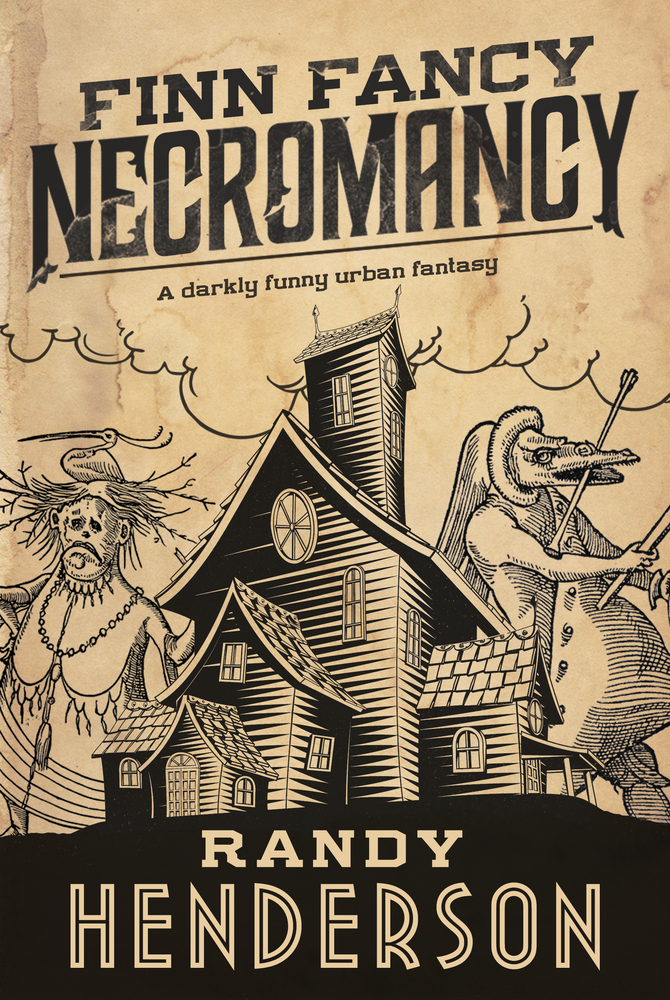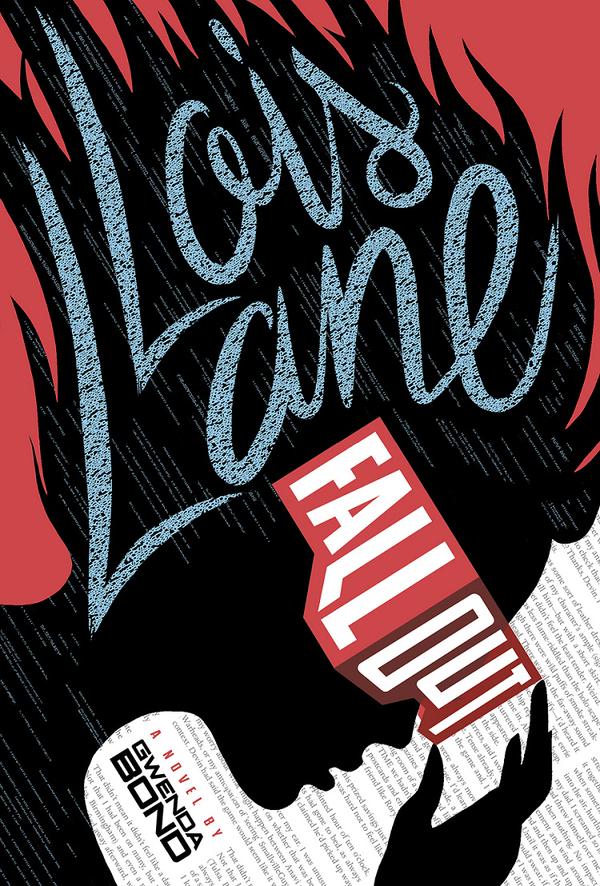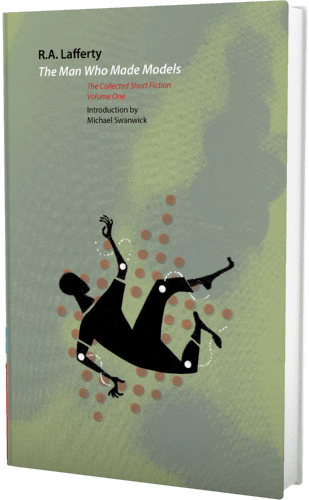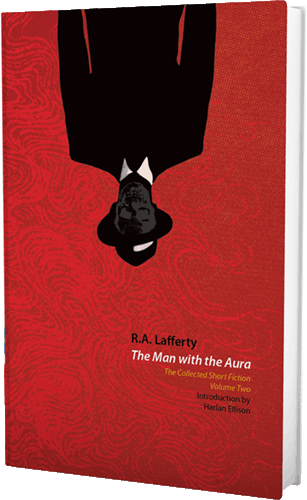 The Americans was similarly enthralling, if not quite as spectacular. Here we have a Russian spy couple who sneaked into the U.S., posing as an average Americam family, but one with principles that may make you cringe as they are more than willing to cover mistakes with murder. You have a weird feeling empathizing with a couple with whom you may share little except common humanity. One's own response to the series is nearly as interesting as the show itself.
The Americans was similarly enthralling, if not quite as spectacular. Here we have a Russian spy couple who sneaked into the U.S., posing as an average Americam family, but one with principles that may make you cringe as they are more than willing to cover mistakes with murder. You have a weird feeling empathizing with a couple with whom you may share little except common humanity. One's own response to the series is nearly as interesting as the show itself.The plotting and character fascinate. Both have incredibly versatile actors who can throw themselves into an entirely different role and look like someone else. In fact, while being the same person, some characters were attractive while others were not.
Both suffered, at least in terms of consecutive-episodes viewing from predictable sexual escapades averaging once per episode for Orphan Black, two or three in The Americans. With the upshot that there was little sexy about their sexcapades. In The Americans, one wonders if that were part of the point. This is part of their job as spies. You can even note which sexual liasons were distasteful to the characters. The Americans uses several sexual events as points to create later plot tension, though not always. One wonders if more people will want to become spies after this--a more respectable profession that prostitution.
Something happened in season two with Orphan Black. Rather, something didn't happen. The writers wanted to keep the show going with continual surprise, to keep viewers on their toes--which I do love--but it felt like surprise for surprise's sake (or for the series' sake), rather than for the story's. Revelations were few. At some point the players'/protagonists' motives need to crystallize. I'm reminded of the Lemony Snickett series that built up a grand mystery only to open an empty box. Perhaps if it were a one-book or a short-story deal, this could work. Not fourteen books leading up to nothing. Otherwise, the story becomes mechanical and reveals nothing new. Which is what happens with soap operas. You start to feel you've seen it all before and there were will be nothing here to satisfy/conclude/ponder. I hope Season three reveals more than season two. I'm still debating whether to keep watching it.
Season Two of The Americans, on the other hand, seems to be working well. The difference? There isn't one grand narrative. A number of concurrent narratives allow viewers to be satisfied when resolved, yet they introduce new narratives to complicate scenarios. For instance, they resolve who murdered the couple's best spy friends, only to discover a plot that embroils their own children into a similar scenario.
While I love the period aspects, I'm not sure if I've ever watched a program with so many ugly ties before.







